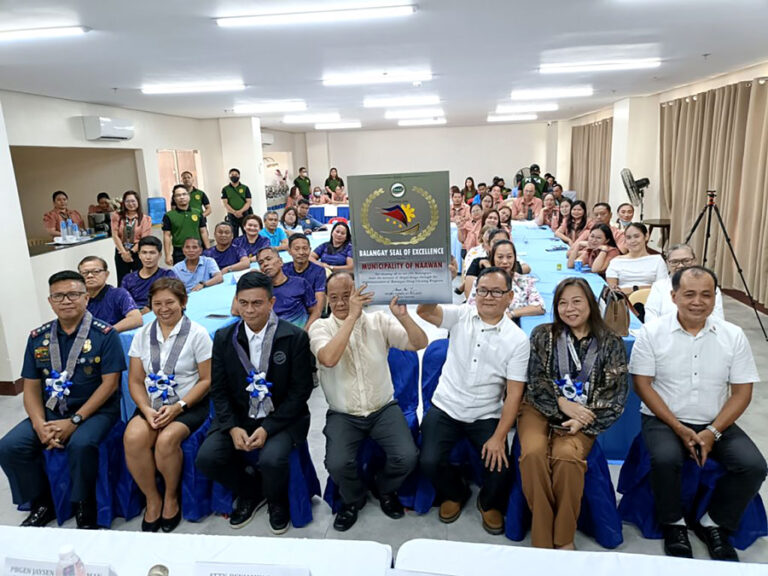ZAMBOANGA CITY – The Department of Agriculture said Western Mindanao in southern Philippines is still free from the effects of global weather phenomenon called El Niño, but it continues to monitor the oceanic and atmospheric conditions that could bring dry spell in the region.
Evelyn Academia, of the Regional Operations Division of the Department of Agriculture, said the weather phenomenon is expected to begin this October, but so far there have been no reports of severe dry spell in Mindanao that would affect rice farmers.
“So far, we are still experiencing rainfalls, although we expect El Niño to begin this October and probably until January next year and so we are closely monitoring the weather conditions, but we are below normal condition now though we cannot feel it because of the continued rainfalls in the past weeks,” she told the regional newspaper Mindanao Examiner.
This was also confirmed by the Philippine Atmospheric, Geophysical and Astronomical Service Administration (PAGASA) which reported a significant increase in sea surface temperature since April last year.
El Niño is characterized by unusually warm ocean surface temperatures in the central and eastern equatorial Pacific and could affect the normal rainfall pattern in the country generally resulting in reduced rainfall.
Weather experts said different parts of the country may experience varying rainfall impacts.
Edgar Tabal, of the Rice Program Division of the Department of Agriculture, said although rains continue in western side of Mindanao, other areas in the country may be reeling from the effects of warm weather.
He said rice and corn farmers in the region are still enjoying ample supply of irrigation water due to rains. “We are still okay here because of the rains and this keeps farmers happy because they can irrigate their farms,” Tabal said in a separate interview.
Tabal said there are at least 120,000 hectares of rice farms and over 136,000 hectares of lands planted with maize in western Mindanao, aside from coconut plantations which can withstand the effects of El Niño, but coconut scale insects.
Western Mindanao contributes little to the rice production in the region. The provinces of South Cotabato, North Cotabato, Sultan Kudarat, Sarangani in central Mindanao is considered as the rice granary in southern Philippines. (Mindanao Examiner)
Like Us on Facebook: https://www.facebook.com/mindanaoexaminer
Follow Us on Twitter: https://twitter.com/MindanaoExamine
Read Our News on: http://www.mindanaoexaminer.com / http://mindanaoexaminernewspaper.blogspot.com/
Share The News
https://mindanaoexaminer.com/ad-rates



